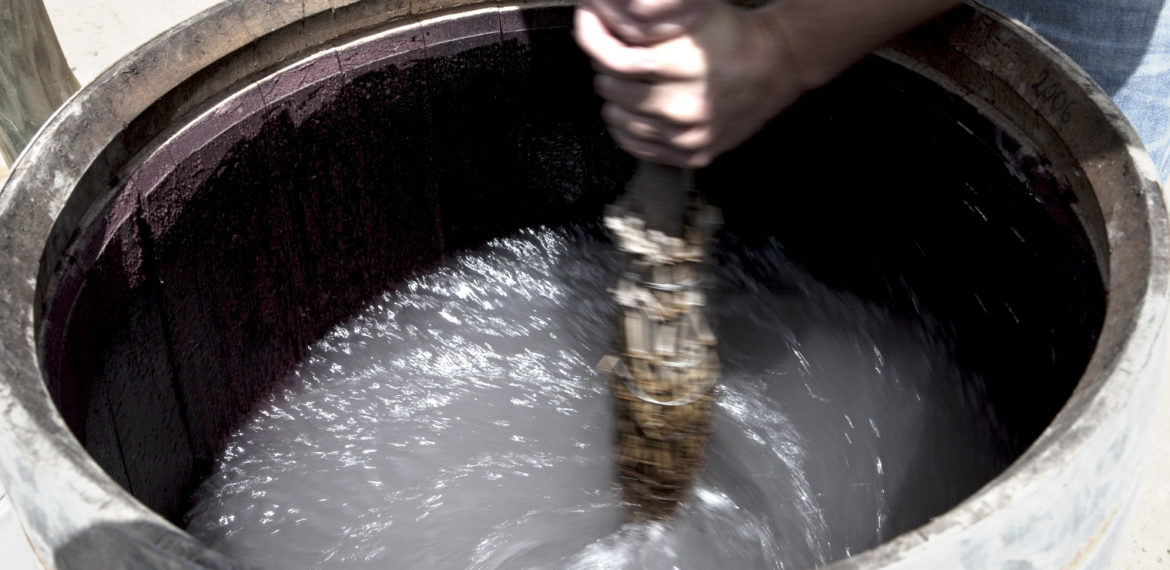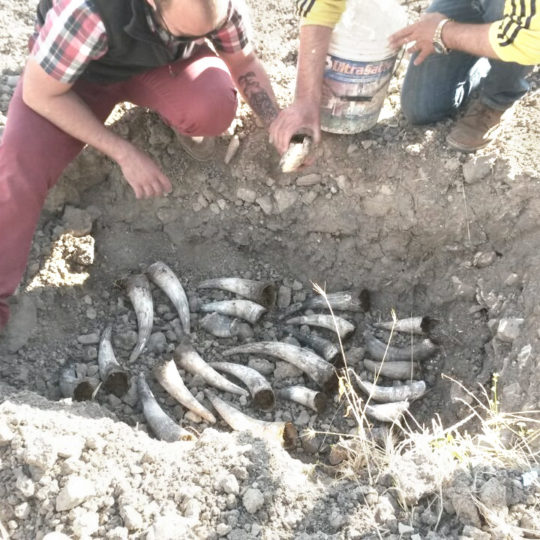
No, it isn’t an insult, it’s just the best natural fertilizer we know to date.
The 5th point in our decalogue says “Feed the soil and not the plants, in order to enrich vitality”, : using natural manure is therefore one of the best ways to start. What can we say about bonemeal? Let’s take a quick look to understand what it is, who invented it, and when and how to use it, following a BioIntegrale vision.
What is it?
It’s a 100% natural fertilizer, made from cow manure produced in non-intensive farming. Only a small quantity is required since it is so concentrated.
How is it done?
Take fresh manure from ruminants which are living freely; fill up some cow horns; bury them for 5-6 months and let them ferment. When you dig them up, you’ll see that the fresh manure will heve been turned into a noble humus, with a scent of wood and terrain .
Which manure?
Cow manure is the best because the food has been processed several times, and simple grass undergoes a long process of elaboration. The result is something more “nobile” than before.
What to do with bonemeal?
Once extracted from the horn, the bonemeal is mixed withwater at 30°C.. It’s activated for an hour before being used on the soil. It is better to work the soil using animal traction, instead of tractors, as they do in Olianas: the small barrel full of stirred bonemeal, is dragged by our Comtois.
What does activated means?
The bonemeal has to be melted in water by rotating for about 1 hour both clockwise and anticlockwise. The bonemeal and water blend together in the small vortices into a single homogeneous and invisible substance.
When is this done?
The horns are filled and buried in Autumn, because Autumn grass has the greatest vitality in the whole year. This is the time when cows find the best food and produce the best manure, that with the higest vitality most vital one.
When should it be used?
Usually in spring and early summer, when the growing season awakens. The land slowly warms up and the biological activity in the soil comes back to life. Bonemeal is totally natural, and has no contraindications even if applied often. It is better however to use it when the weather is not too hot or windy, when the soil is slightly wet and vital.
Who invented bonemeal?
Rudolf Steiner, the father of biodynamics: bonemeal is his number 500 specimen.


